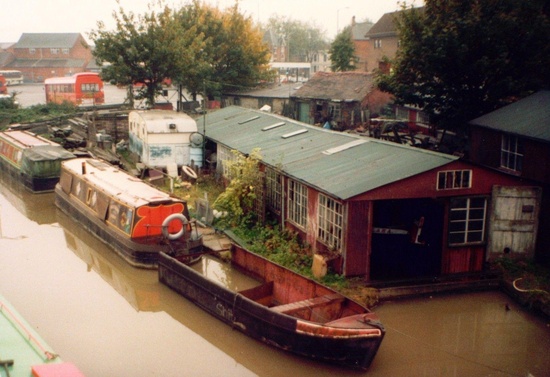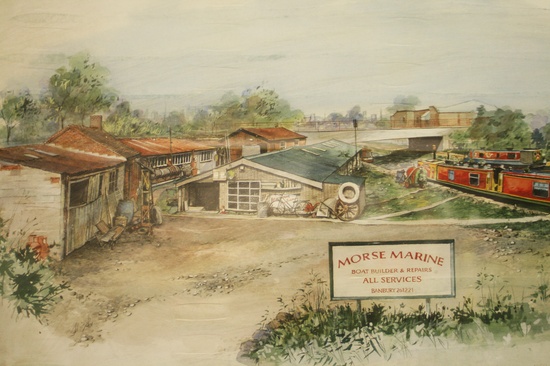History
The Oxford Canal was finally completed to it’s destination, Oxford, in 1790, having reached Napton in 1774 and Banbury in 1778. Tooley’s, one of the oldest working dry docks on the Inland Waterways, has been in continuous use since 1778 when it was established to build and repair the wooden horse-drawn narrow boats which plied the newly constructed canal network, so vital to the development of the Industrial Revolution. For the next 15 years the Oxford Canal was one of the most important and profitable navigations being the main route between the Midlands and London. Gradually, rail and then road transport eroded the importance of the canals (although during the Second World War they were once again used extensively), but Tooley’s, immortalised in Tom Rolt’s popular book ’Narrowboat’, kept on working up until 1995, when its future was threatened by the Castle Quay development. But good fortune prevailed, and the site was saved and incorporated in the new Museum and Heritage centre.

Now a scheduled Ancient Monument and run by a private company, Tooley’s is in business again with its dry dock providing a service for the boating community and an opportunity for visitors to see work in progress as well as the fully restored workshops, dating from the 1930s, which include a carpenter’s store, a belt-driven machine workshop and a paint store. There is also a 200 year-old forge where a blacksmith plies his trade.
Gradually, rail and then road transport eroded the importance of the canals (although during the Second World War they were once again used extensively), but Tooley’s, immortalised in Tom Rolt’s popular book ’Narrowboat’, kept on working up until 1995, when its future was threatened by the Castle Quay development. But good fortune prevailed, and the site was saved and incorporated in the new Museum and Heritage centre.

